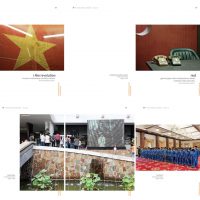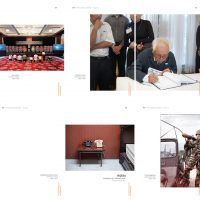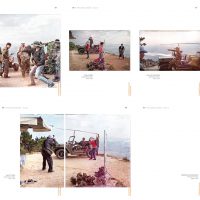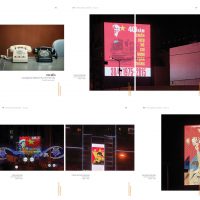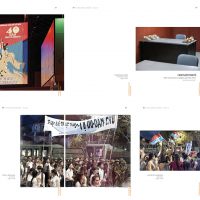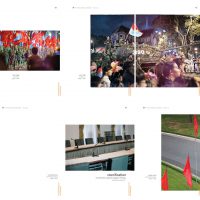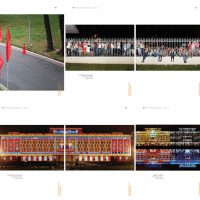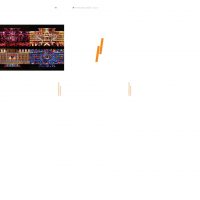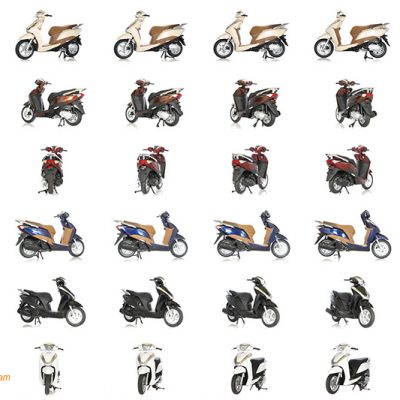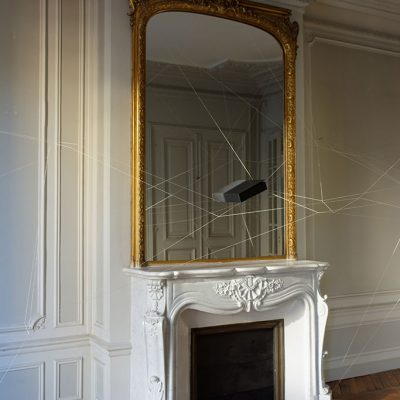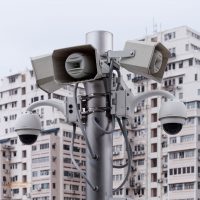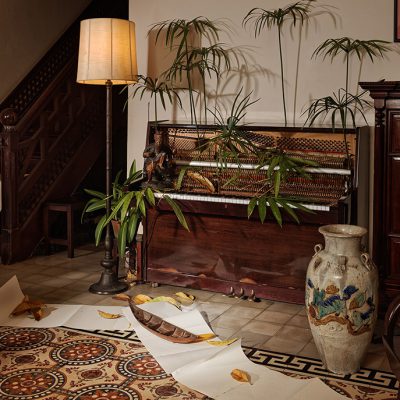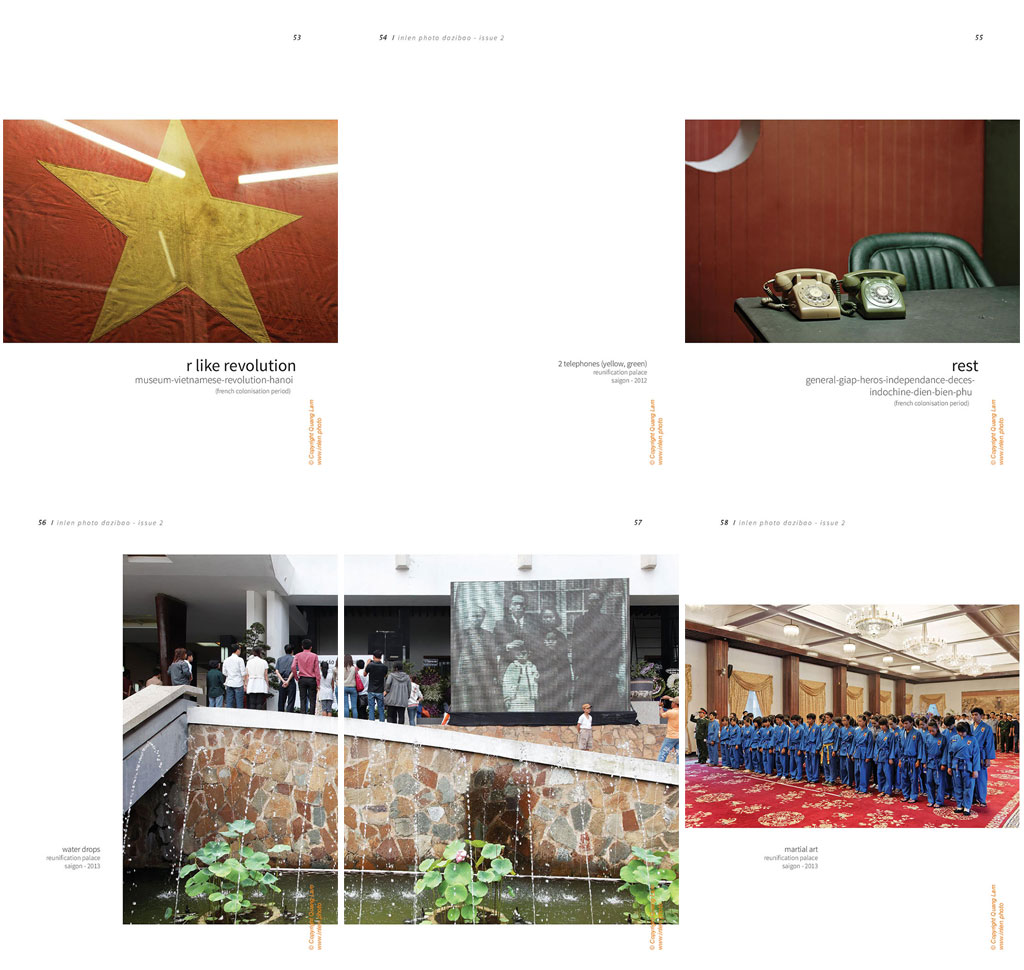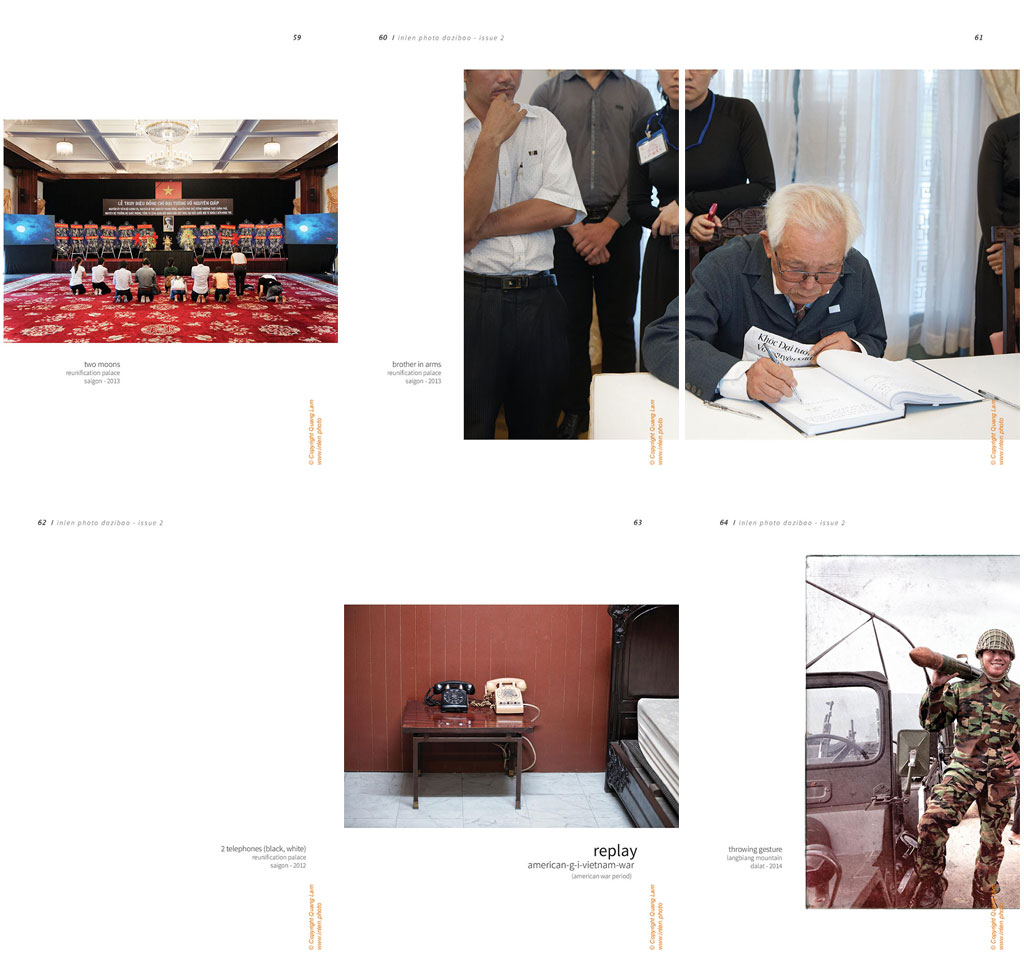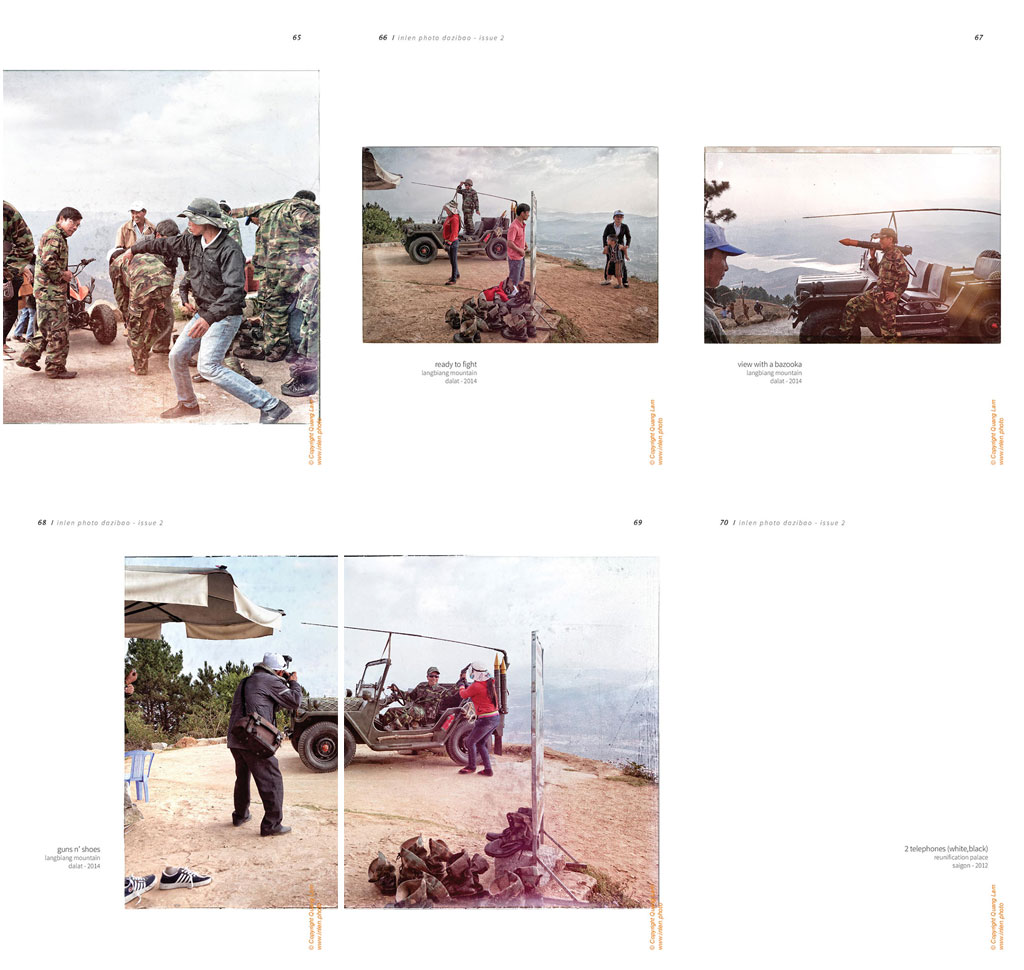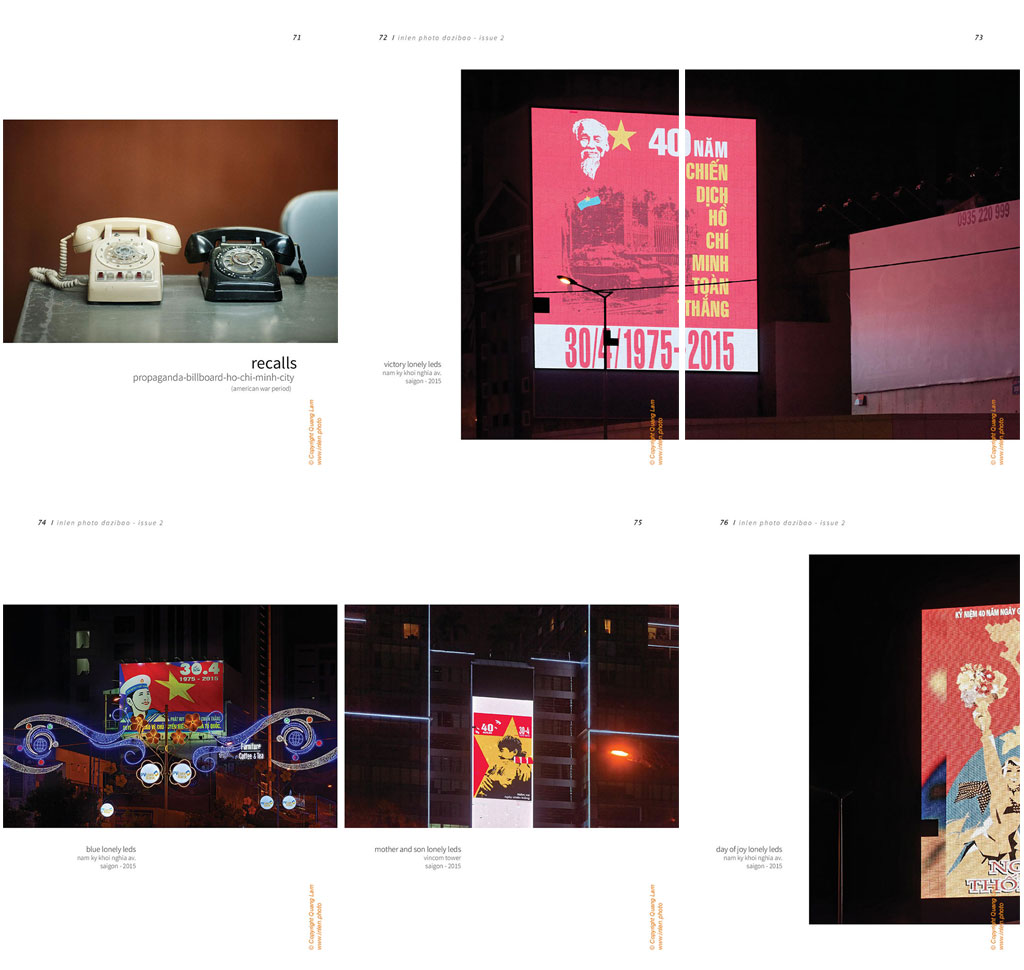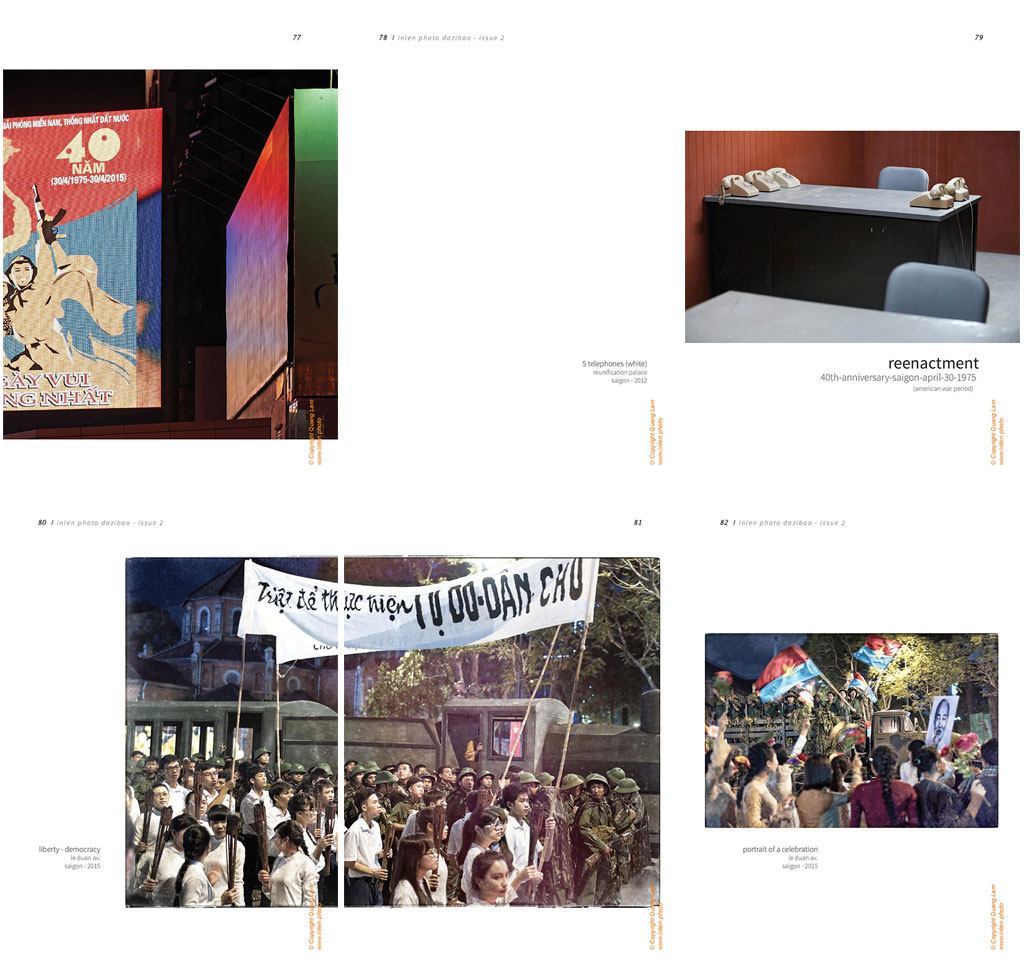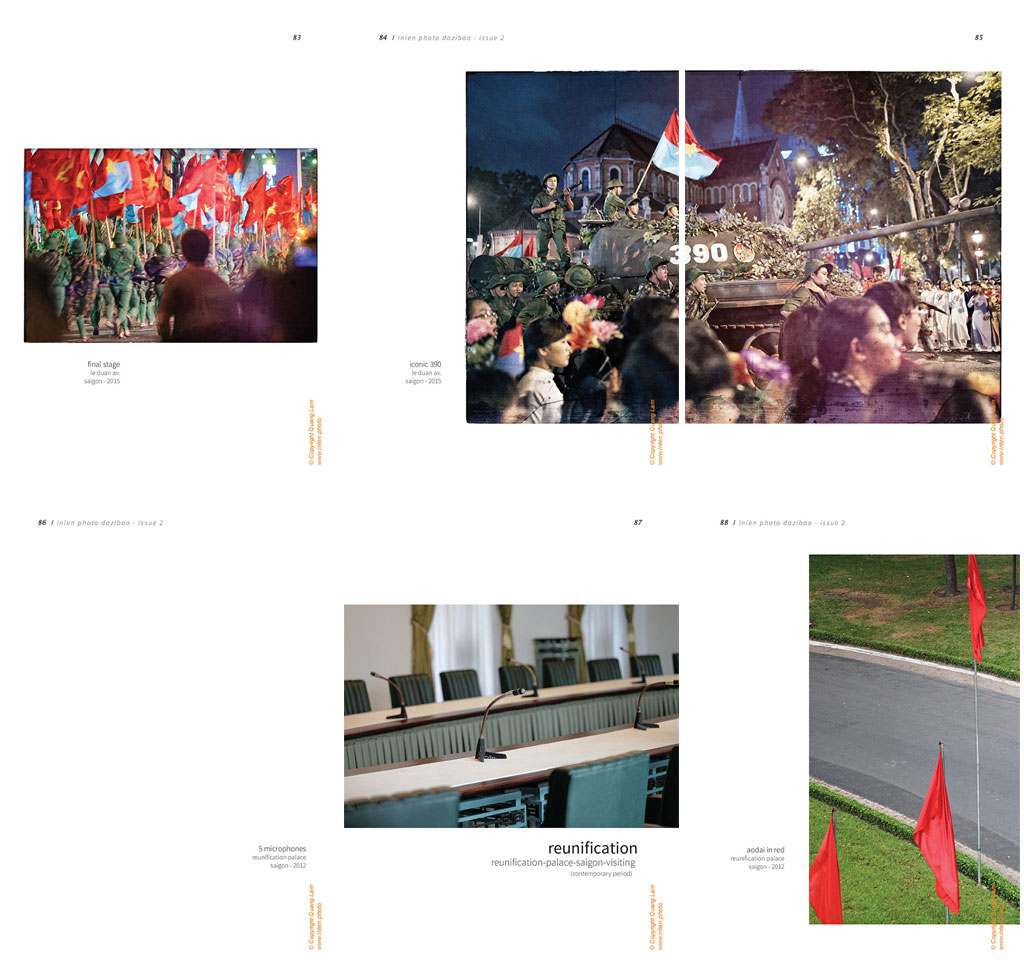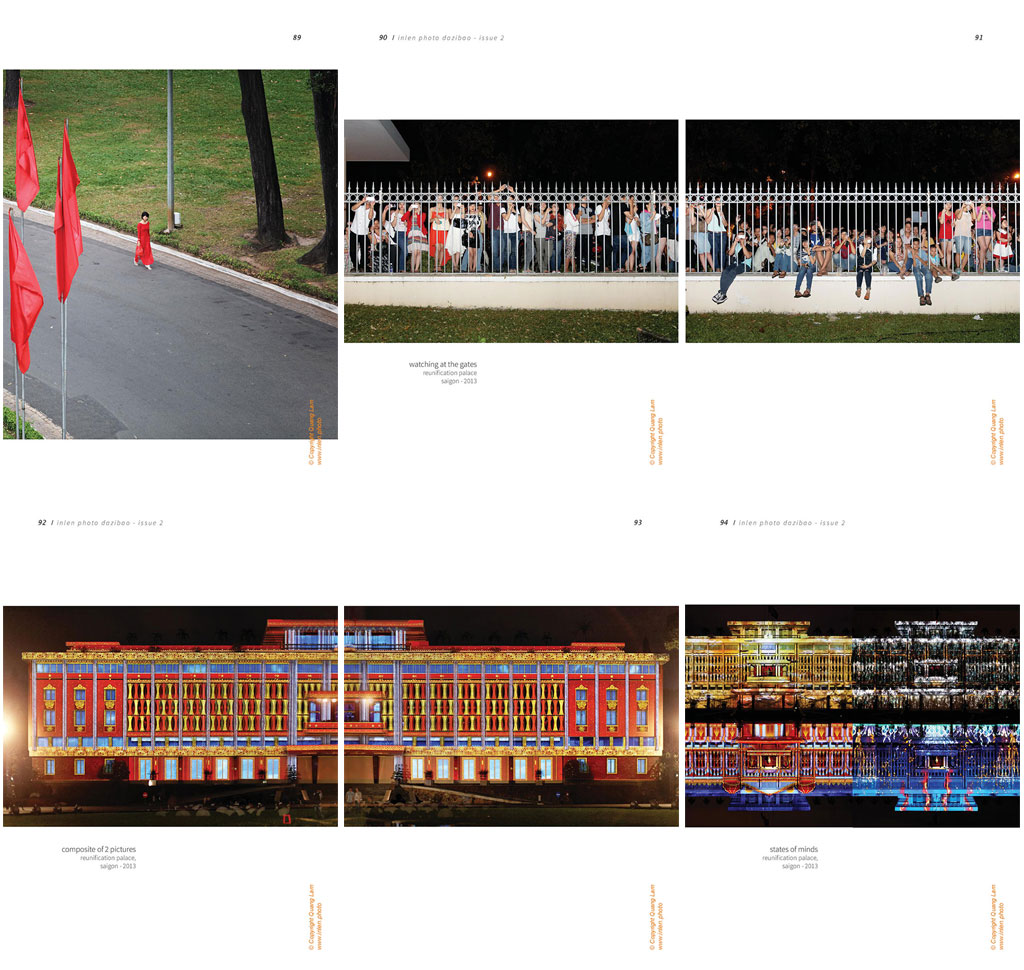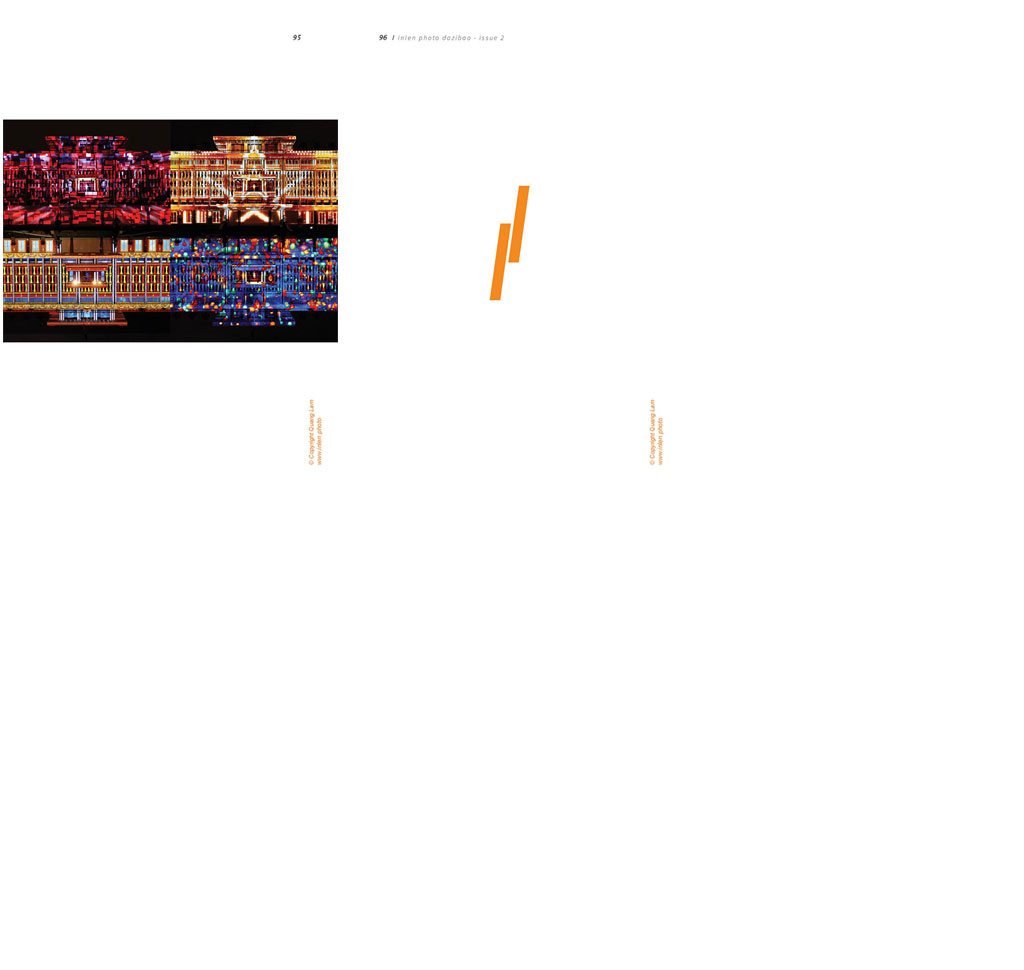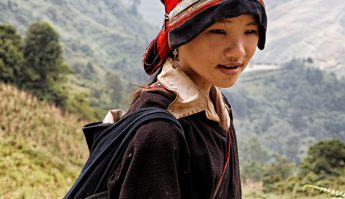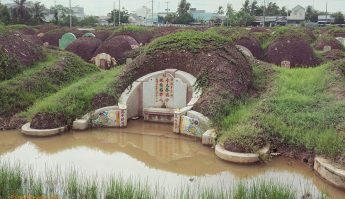Review of the series R like …
The texte has been written by Blanche CARDONER (Ecole du Louvre)
in her study – Contemporary photography Vietnamese and memory, Selection of works by contemporary Vietnamese artists or the diaspora working on their History
Manifestations and reminiscences of History: Quang Lam, R Like (2012 – 2015)
Quang Lam, on the contrary, is interested in a space highly representative of Vietnamese history in R Like… (2012 – 2015). The series may also be titled Reunification’s Reminiscence. The photographer documents the commemorative events of the funeral of General Võ Nguyên Giáp and the fortieth anniversary of the end of the war at the Reunification Palace.
This building stands in the heart of Ho Chi Minh City, on the site of an old colonial building called Norodom Palace or Independence Palace. This first palace was the office of the governor of Indochina, then the presidential palace of South Vietnam. In 1962, it was bombed. It was destroyed on the orders of President Ngô Dinh Diêm and a new building was built by the architect Ngô Viết Thụ, winner of the Prix de Rome. It was completed in 1966 and returned to its functions. In 1975, North Vietnamese tanks broke through the gates of the Palace, marking the fall of Saigon.
The new government renamed it the Reunification Palace to make it the embodiment of the reunion of the two Vietnams. It is very symbolic that a building from Ho Chi Minh City and not Hanoi was chosen. “As if the need to heal was felt more in this place” says Quang Lam. Today, the Reunification Palace has become a historic monument. It is visited by hundreds of tourists every day and still hosts official ceremonies.
The death of General Giáp in 2013 caused national emotion, which is why we decided to pay tribute to him not only in Hanoi but also in Ho Chi Minh City (which is the economic but not political center of Vietnam). Three days of commemoration are organized in the Reunification Palace to allow all Vietnamese to come and pay their respects. Two years later, the fortieth anniversary of the end of the American War was celebrated throughout the country. And in particular at the Reunification Palace since it was a key location in the victory of North Vietnam. During these two commemorations, the events are staged. Historical moments are replayed.
Quang Lam goes there with a documentary approach. He had the idea of building a series around the Palace and had in his head the historical photographs that mark Vietnamese history. However, he insists that the images he manages to capture depend on the events. He had the chance to take them at the right time, which then allowed him to construct a speech and a story.
In Revive, he presents the photographs classified in different chapters, each corresponding to an “r”: Revolution, Rest, Replay, Recalls, Reenactment, and Reunification. They were taken at distinct moments, each of which embodies different historical references.
The chapters are punctuated by photos of the telephones found in the basements of the Reunification Palace. Quang Lam explains that they marked historic milestones:
“These communications devices that served to announce the latest chapter remain intact. They secretly retain the voices of the past, the sufferings and joys, betrayals and reunions, the mess and the desires committed in the name of reunification are not extinguished”.
The first two chapters, Revolution and Rest, are devoted to the evocation of colonization and the Indochina War. The photograph of the flag recalls the creation of the Vietnamese Communist Party in 1945 and subtly evokes the division of the country since Quang Lam sees in the neon lights a metaphor for the South Vietnamese flag164. The following photos bear witness to the commemorations in honor of General Giáp, known as the great victor of Ðiện Biên Phủ. The Replay, Recalls and Reenactment parts allude to the American War, firstly through the staging of GI costumes. These are probably costumes rented at a tourist site in Dalat. Quang Lam then represents the propaganda posters visible in the streets of Ho Chi Minh City. Finally, he photographed the commemorative events where we can see crowds carrying torches and banners, but also the army on tanks and military trucks (figs 41 to 44). Reunification focuses on the contemporary period and the way in which the Palace is currently occupied (figs 46 to 49).
The series is a journey through time through contemporary events that replay History. But not only. For him, the images he manages to capture are visual “reminiscences” of the past. Reminiscence as defined by the CNRTL is the “return to consciousness of an image, of an impression so weak or so erased that it is barely possible to recognize its traces”.
The reenactments organized during commemorations bring back memories of past events thanks to their plastic quality. Visually, we find images from the past and even famous photographs from Vietnamese history.
Guns n’Shoes (fig 34), produced in Dalat in 2014, shows, for example, a photo shooting scene. A military jeep serves as a backdrop for a man in fatigues. All smiles, he seems to point a gun at the head of a woman who is facing him. The position is characteristic and recalls the famous Saigon execution captured by Eddie Adams .
The Replay chapter, in particular, is rich in allusions to military photographs, notably through the poses of the characters. In the pile of military shoes from Ready to Fight and Guns n’Shoes, Quang Lam sees a photograph of the fall of Saigon again. Taken by Duong Thanh Phong, this photo shows a road where dozens and dozens of shoes were abandoned by soldiers of the Southern army who did not want to be recognized (fig 228).
In the 2015 demonstrations (Reunification chapter), he finds photographs of war correspondents who covered the fall of Saigon. He cites Hervé Gloaguen and Jacques Plavosky. The large crowds carrying banners in honor of peace also remind him of the American demonstrations against the war.
In each of these connections, it is indeed a question of reminiscences. A few scattered elements (clothing, vehicles, positions, etc.) echo older things. Water Drops, Victory Only Leds and Mother and Son lonely leds show quotations from historical photographs in the contemporary landscape. They are included for commemorative purposes and for political purposes in public posters.
The series shows how Vietnam invests in its past and how it plays with it. The country voluntarily, regularly and daily relives its history, particularly through emblematic historical monuments such as the Reunification Palace. The latter embodies the memory of the colonial period, the Indochina War, the American War and finally Reunification. The government reconstructs past moments to better support its official story. But the series also shows the Vietnamese population’s appropriation of the past in their tourist visits and leisure activities.
- More Insights
About the Video mapping series in the Palace, view the Series – Reunification Dissolution
About The 40th anniversary of the “30 April 75”, view the Series – Reunification’s Reminiscence



